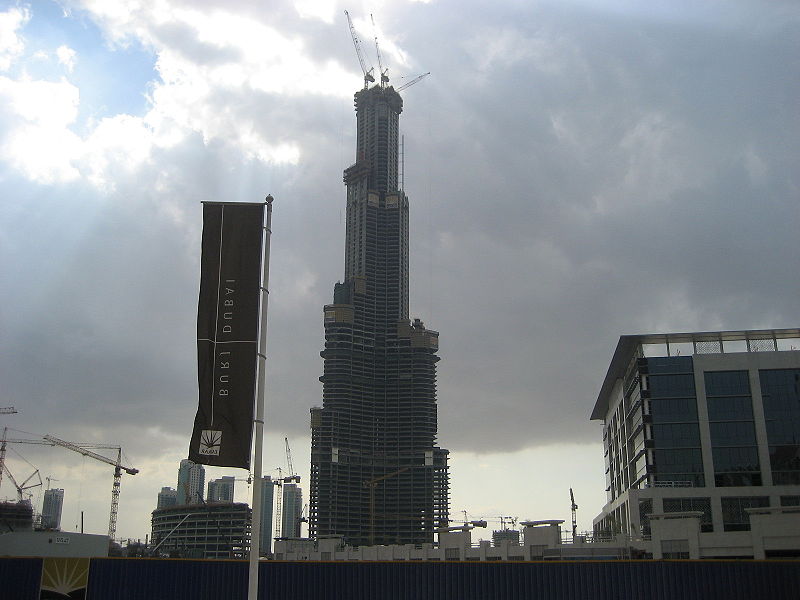Tuesday, 12 March 2013
Jump Forward
It was a great day when humans finally erected a building tall enough to guarantee a successful suicide.
For a long time after we first began construction work, the depressed potential jumpers didn't have that option. We started with shacks and huts. Jumping from the roof of one of these would not guarantee death. It would probably just be fun.
But gradually, as technology and design improved, our buildings began to inch upwards. Nowadays, with our Shards and our Burj Khalifas, it's difficult to remember a time when we struggled to dwarf a sunflower with our architectural prowess.
We slowly moved from single-story sheds to two-story deluxe sheds. People standing on the roofs of these new giants would look down at the ground. It would have looked very far away. But not far enough away to guarantee death if you jumped. It might cause an injury, but that wasn't good enough. When it comes to suicide, there are no half-measures. Unless you're a conjoined twin.
People forget how difficult it was for the suicidal in those days. No tall buildings, no guns, no gas ovens, no exhaust pipes, no sleeping pills. It's really difficult to kill yourself with a spear. Being suicidal back then must have been very depressing.
Eventually, news would have spread that we'd cracked it. A new form of structural engineering perhaps, a stronger mortar, or a sturdier girder, would finally have enabled us to reach the desired height. From this new building, a jumper would guarantee a swift departure. They could shuffle of the roof and mortal coil simultaneously, though obviously they wouldn't yet be aware of this expression.
News would spread. People would gather to watch as construction neared completion. The suicidal from miles around would gather, waiting for the building to achieve its optimum height; waiting for the doors to open.
Of course, the architects would have known this was a possibility. I'm sure that building height was restricted to sub-suicide height by the powers of the day. But human ingenuity is not easily restricted. And one brave visionary must have decided to ignore this edict.
We can't limit the scope of human achievement, just because it will cost a few lives. It's not an easy decision to make, but we have to keep pushing forward. If we were always bound by safety and fear, we would stagnate as a species. Evolution requires risk. If you want to make an omelette, you can't be worried about how certain eggs might react to the proposal.
Some people would be too impatient, of course. Days before the building's full height had been realised, some would have snuck up to the roof, carrying a step ladder. Their eagerness would have given them a head start.
As soon as the building was high enough, the suicides would begin. The queues would have been long, snaking up the stairs and onto the highest point (where the thoughtful construction team would have erected a special diving plinth). Dozens would plummet every minute.
As the pile of bodies built up, the distance for the prospective fallers would decrease, so a good samaritan would have had to keep throwing the corpses to one side, where they'd be carried off by primitive hospital carts. The organs, bones and clothes would be used to further the cause of medical research.
Whilst queueing to jump, some of the suicidal people might have struck up conversations. Realising that they had similar interests (self-destruction, jumping from things), some of them would have formed profound relationships. Some would even forego the suicide entirely. Faced with companionship and understanding for the first time, they would leave the queue and get married, or go into business with each other.
After the first couple of days, the crowds would die down (no pun intended). Soon other buildings of a jumpable height would appear all over the country. Suicides would continue at a steady rate, but would not happen with the same feverishness and excitement.
The idea that you could kill yourself by jumping off a building was taken for granted. The suicidal had, in a way, been emancipated. Society as a whole became more accommodating of those who no longer wished to live. (The first tall building emerged at roughly the same time as the noose.)
Today, people have an incredible range of suicide options, from train fighting to toaster/bath electrocution. In fact, it might be the case that there is too much choice, as counter-intuitive as it sounds. Some suicidal people have so many possible avenues for achieving their goal that they become paralysed with indecision, and will sometimes give up on killing themselves altogether. It is not easy to opt out of modern life
We must remember, however, that romanticising of the past is something to be resisted. It's true that today's suicide doesn't have the intensity or the novelty of that initial movement. The enthusiasm of those first, excited roof jumpers isn't something we can replicate.
But modern suicide isn't worse than it used to be. It's just different. New technology (the internet, smartphones etc) allows for a greater level of communication between the suicidal. People are able to devise their own methods of self-slaughter, and share them instantly with like-minded people all over the world.
It's always a mistake to think there was a golden age. Suicide has existed in different forms for thousands of years. Who's to say what form it will take in the next twenty, thirty, one hundred years?
Buildings are now so tall that a cat could jump from the roof and lose all nine of its lives before it reached the mezzanine. But let's not forget those poor people in the distant past, looking longingly up at the sky, yearning for a platform.
Look how far we've come. Look how far we've fallen.
Labels:
Death,
Good,
History,
Nostalgia,
Technology
Subscribe to:
Post Comments (Atom)

No comments:
Post a Comment